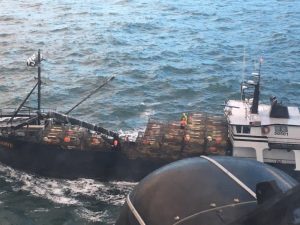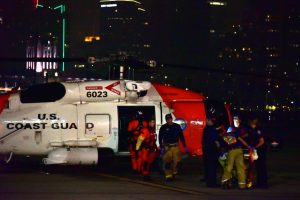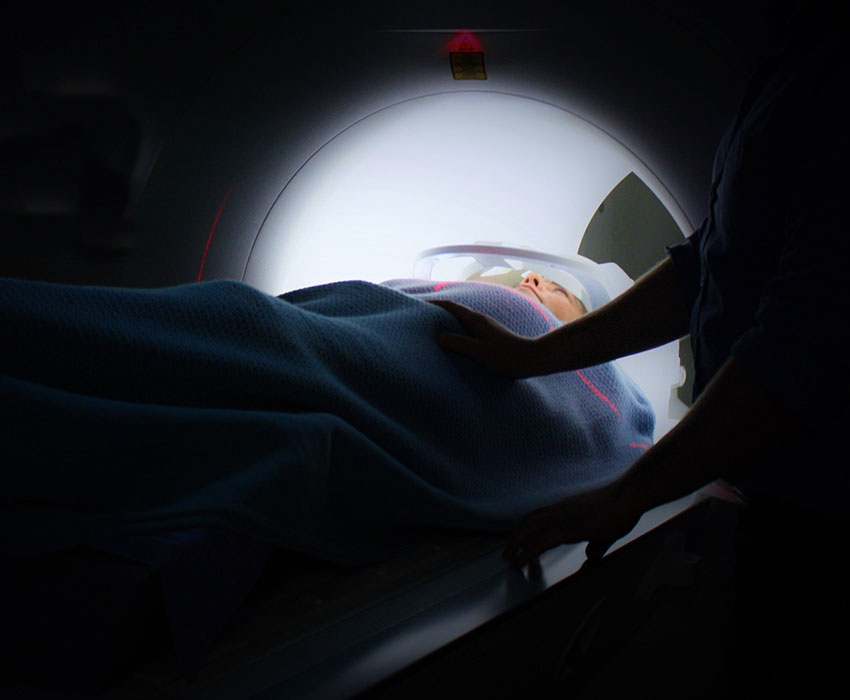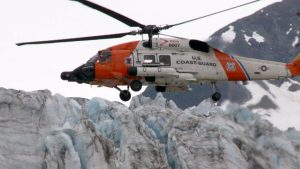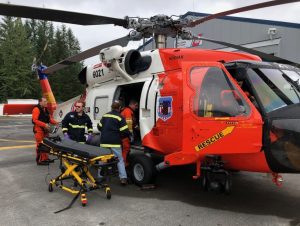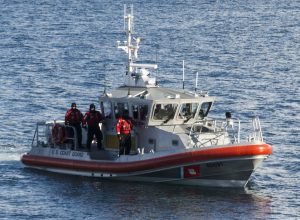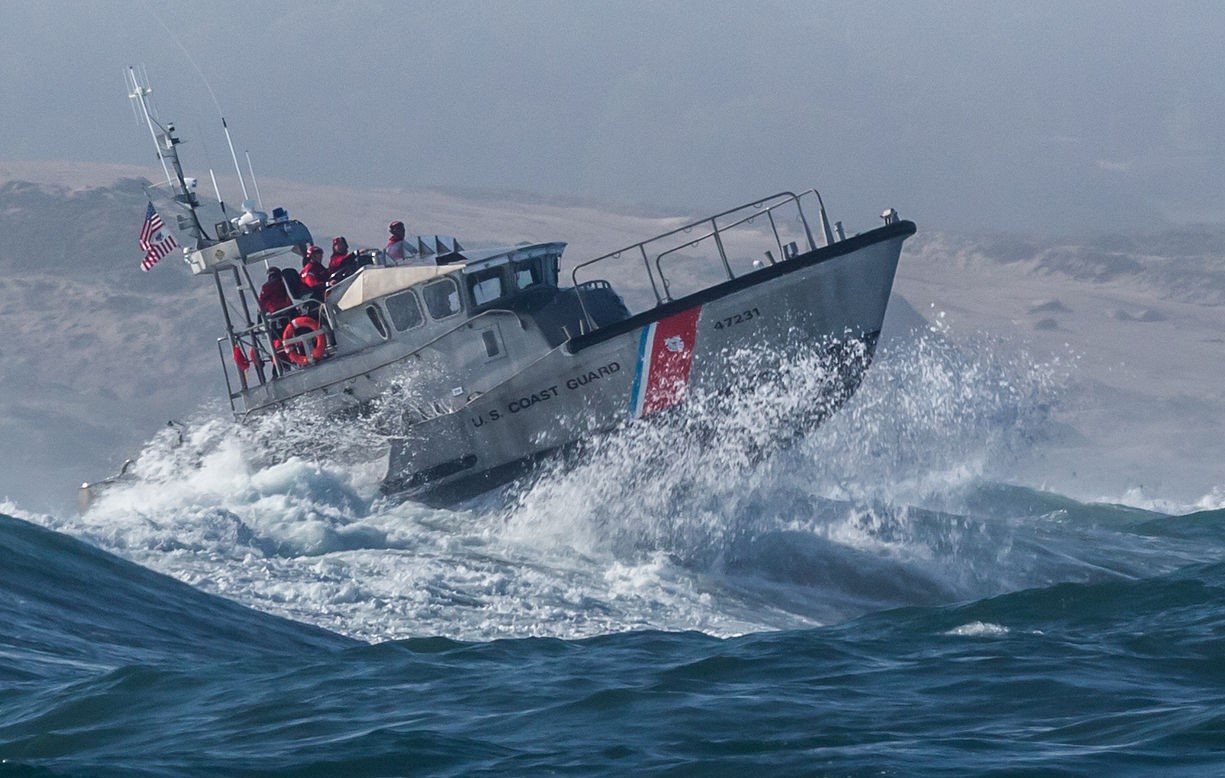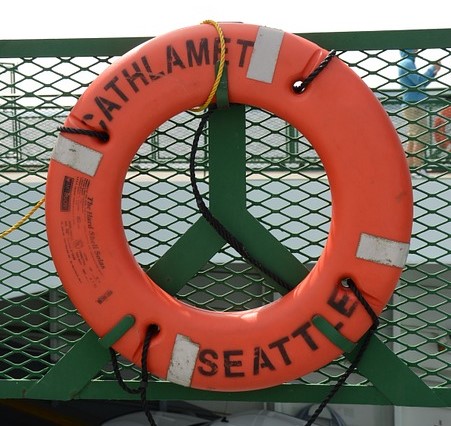Alaska Maritime Physicians Partners with DrChronos
 Imagine being out at sea when suddenly your crewmember begins feeling weak and complains of a faint pain in his chest. When someone falls ill or is injured at sea, time, information, and support are crucial. This is a situation that requires “Telemedicine.”
Imagine being out at sea when suddenly your crewmember begins feeling weak and complains of a faint pain in his chest. When someone falls ill or is injured at sea, time, information, and support are crucial. This is a situation that requires “Telemedicine.”
Telemedicine is the term we use to describe telecommunication and information technology that helps provide clinical health care from a distance. It is a crucial service for those who work at sea and has saved countless lives in emergency situations.
In the past, radios and telephones were used to deliver information and messages. Now, via cell and satellite technology, physicians can use iPhones, iPads, photos, and video technology to diagnose and sometimes treat patients remotely.
 Maritime Injury Law Blog
Maritime Injury Law Blog


